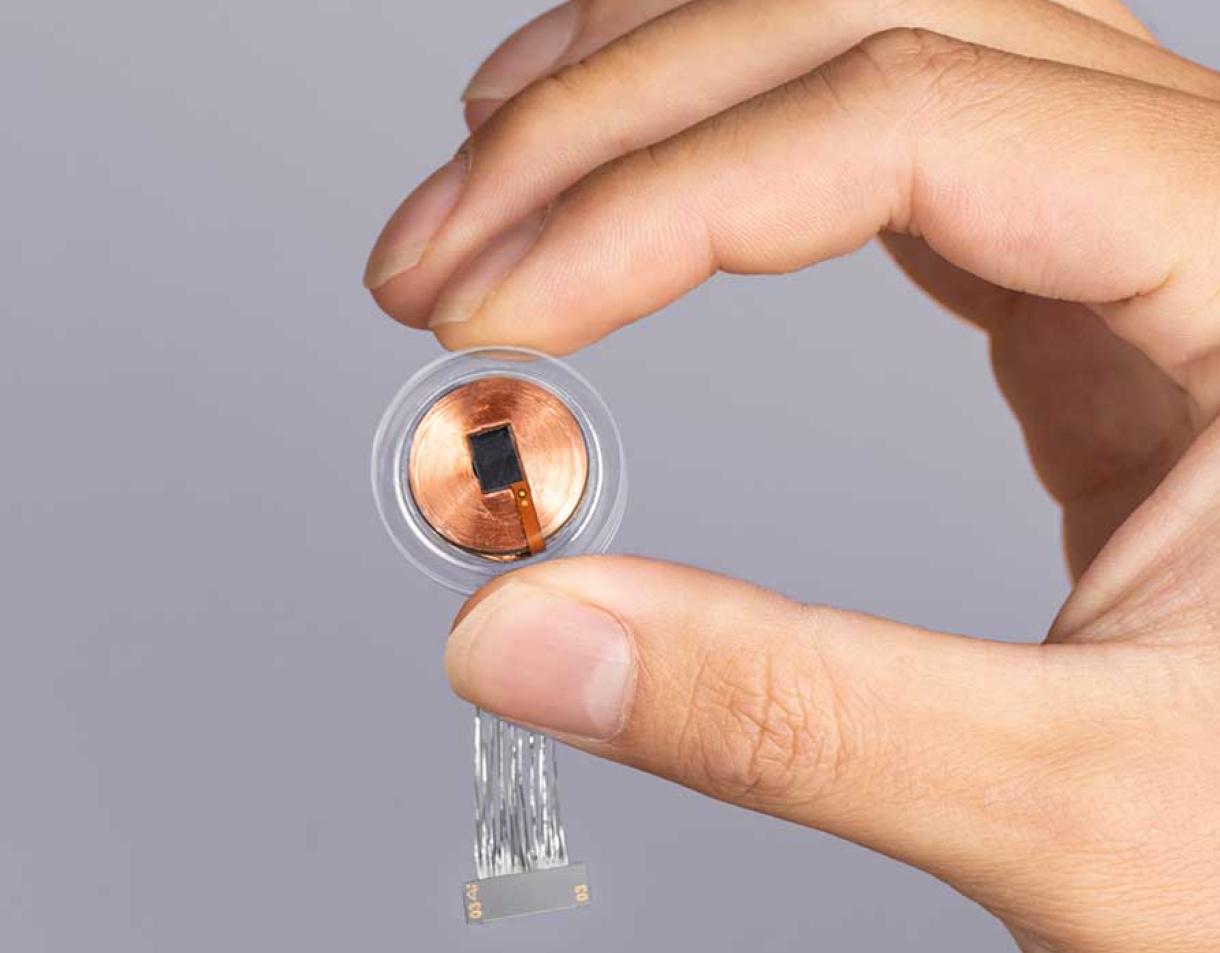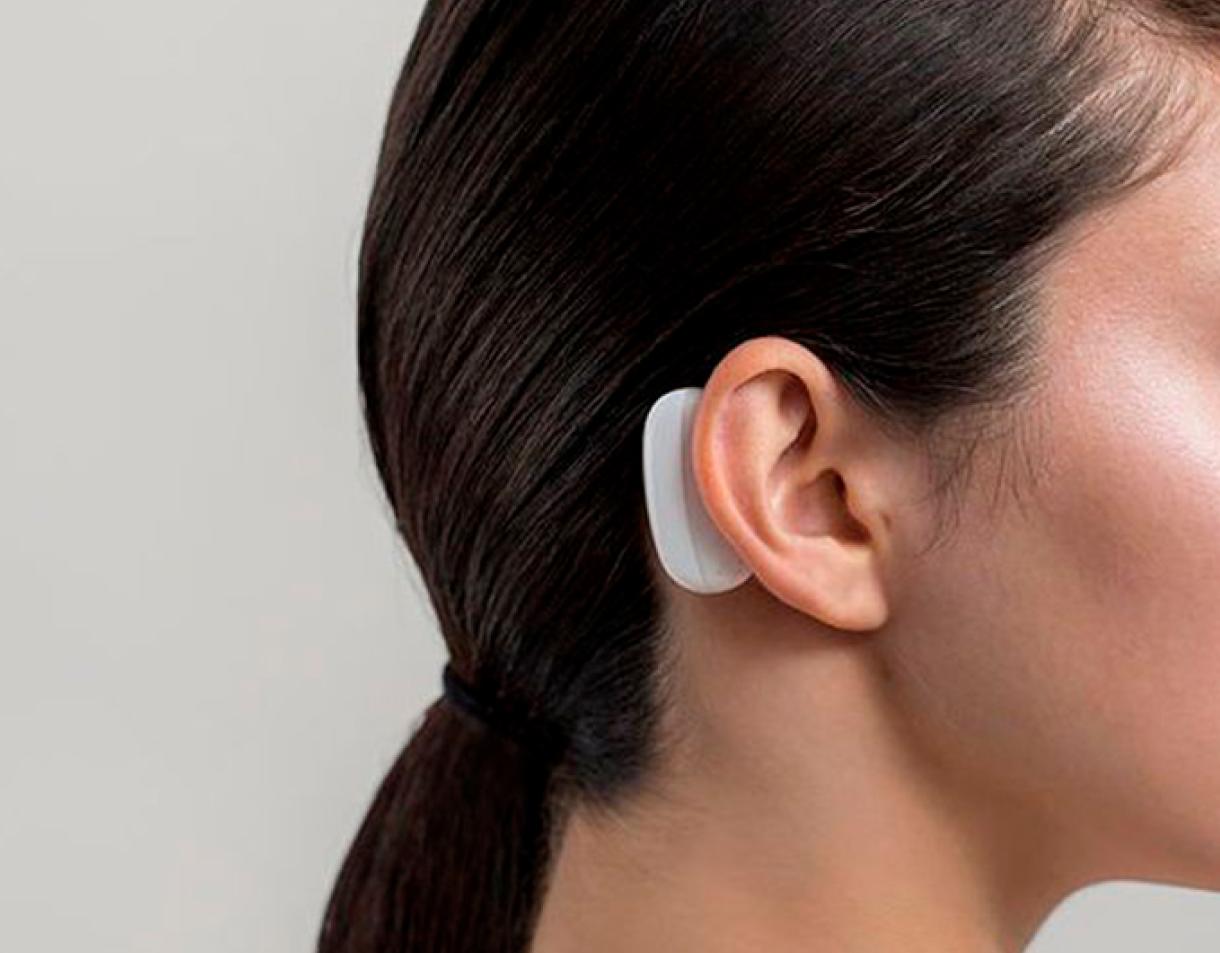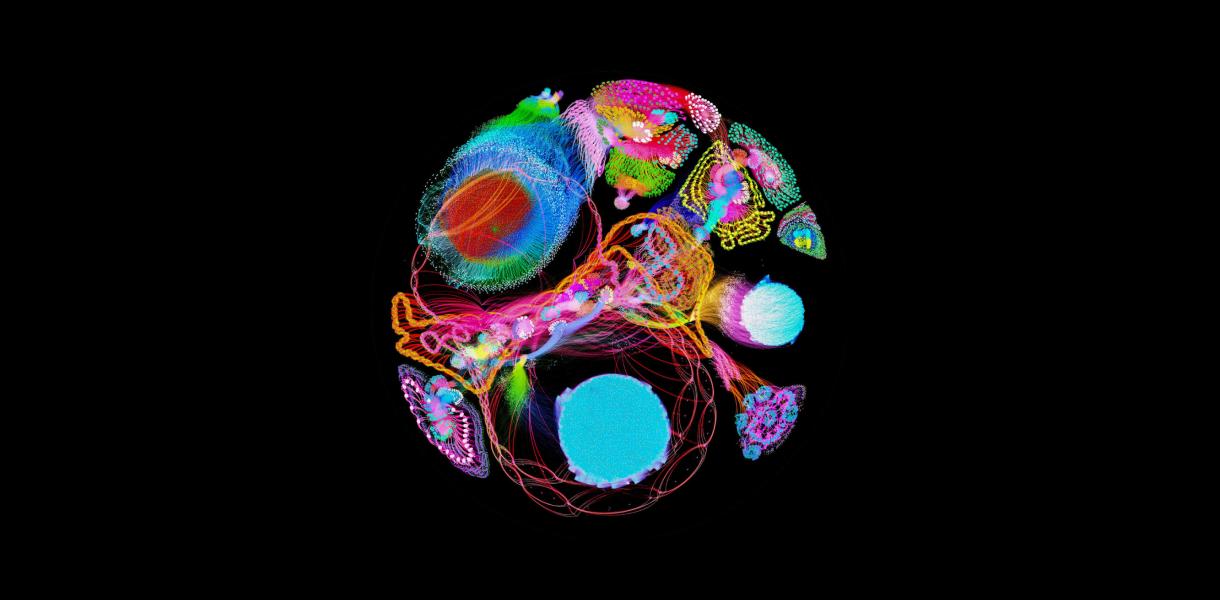What’s the design in a nutshell?
An embeddable remote control in the brain to control electronic devices
Why is it needed?
Many believe brain-computer interfaces (or BCIs) are just around the corner. And when they do arrive, will solve a plethora of medical issues, help us manage life-long health conditions, and open up opportunities, in work and play, we could’ve never anticipated.
One of the most promising applications would be improving independence and even ‘restoring’ physical mobility to those who’ve lost it. With BCIs, patients could use their brains to wirelessly operate exoskeletons, smart devices and virtually anything that can be digitally controlled.
How does it work?
You think it and the smart device does it. That’s essentially what Neuralink could offer. The small chip (or receiver) is placed behind the ear, combined with a collection of electrodes attached to the surface of the brain. When activated, the electrodes press against the patient’s blood vessel wall close to the brain where it can record neural information, as known as your thoughts, and translate them into commands to control any kind of smart device.
To be fitted with a Neuralink, the company has developed a surgical robot. The procedure is designed to be as non-invasive as possible to ensure a short recovery if any, and avoid any risk of infection — unlike any other brain surgery that’s inherently risky.
"Neuralink could effectively fuse human intelligence with artificial intelligence."
How does it improve life?
At a practical level, Neuralink could completely change the lives of people with neurological conditions such as Alzheimer’s, dementia and spinal cord injuries. Some even believe it could predict and manage seizures in epileptic patients.
On the long-term horizon, Neuralink could eventually become a human enhancement, not just used to manage and cure health problems. With the critical mass adoption of brain-machine interfaces, Neuralink could effectively fuse human intelligence with artificial intelligence.
It’d change how we as humans function entirely and completely disrupt the course of technology development. According to Neuralink Founder, Elon Musk: “It’d be kind of like the matrix. You want to speak a different language, no problem. Just download the program.”
What’s the impact to date or projected impact?
In 2021, Neuralink demonstrated a monkey playing the game Pong, a simple tennis-like game, using the Neuralink implant. The macaque monkey, named Pager, was first taught to play the video game with a joystick and was rewarded with a fruit smoothie. While the timeline for delivery is still unknown, Neuralink says it hopes to further develop such brain-computer interfaces to the point where one can be installed in a doctor’s office in under an hour.






